Troubleshooting Windows 8 Sleep / Stand-by Issues
Reader Question:
“Hi Wally, I’m using Windows 8.1 and my computer keeps sleeping when its idle. I’m using Windows 8 Enterprise 64-bit on a notebook computer.” – Robert M., USA
Before addressing any computer issue, I always recommend scanning and repairing any underlying problems affecting your PC health and performance:
- Step 1 : Download PC Repair & Optimizer Tool (WinThruster for Win 10, 8, 7, Vista, XP and 2000 – Microsoft Gold Certified).
- Step 2 : Click “Start Scan” to find Windows registry issues that could be causing PC problems.
- Step 3 : Click “Repair All” to fix all issues.
Setting up weekly (or daily) automatic scans will help prevent system problems and keep your PC running fast and trouble-free.
Wally’s Answer: Hi Robert, It seems that people have been having problems with the sleep feature in Windows 8. In your case, it may need to be configured using the settings in Windows.
Maybe you are waking your computer up using the mouse or keyboard and not using the power button, can also cause the computer to sleep because it’s not completely woken-up. There are some ways to fix this issue. This should not take too long.
Problem
Problem with Windows 8 sleep feature on a 64-bit laptop computer.
Causes
- Windows 8′s Power Options need to be configured
- Waking the computer using the mouse or keyboard
Solution
Some simple solutions to these problems include:
Configuring Windows 8 Sleep mode using the Power Options
Using the Metro Screen
- Press the Windows Key to get to the Metro Screen
- Start typing Sleep Settings and click the Power and sleep settings button
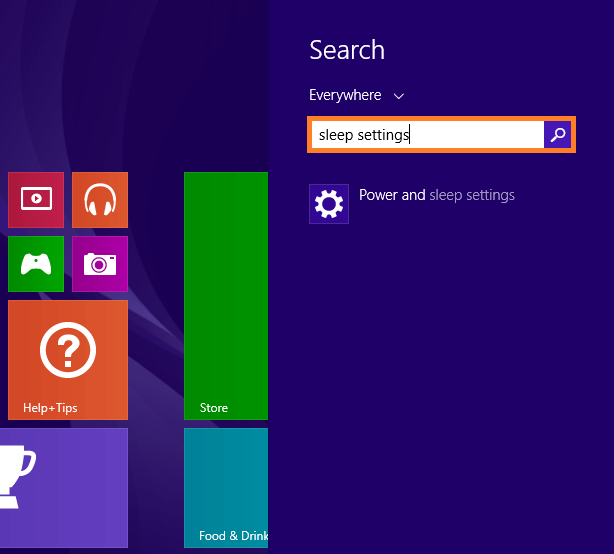
- This should take you to the PC Settings app, here you can change the amount of idle time required for the computer to go to sleep.
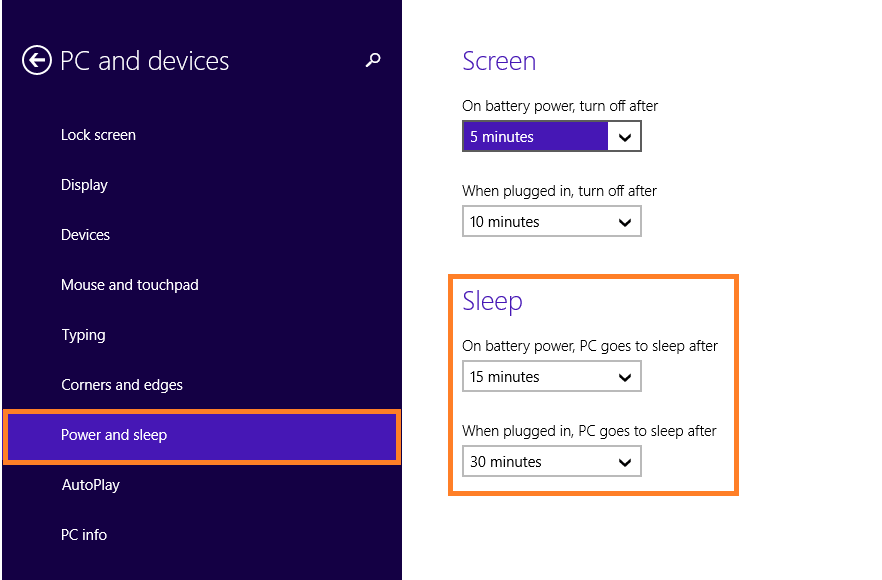
Using the Charms Bar to change Windows 8 Sleep mode settings
- Take the mouse arrow to the bottom-right corner of the screen, the Charms bar’s buttons should appear.
- Point the mouse pointer to the Settings (gear) icon and click it.

- In the Settings menu, click Control Panel
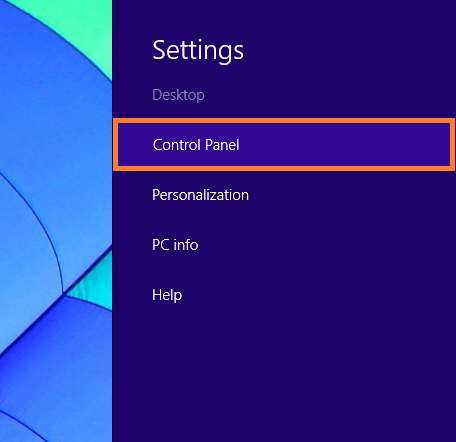
- In the Control Panel window, type sleep in the search bar, and click the link Change when the computer sleeps.
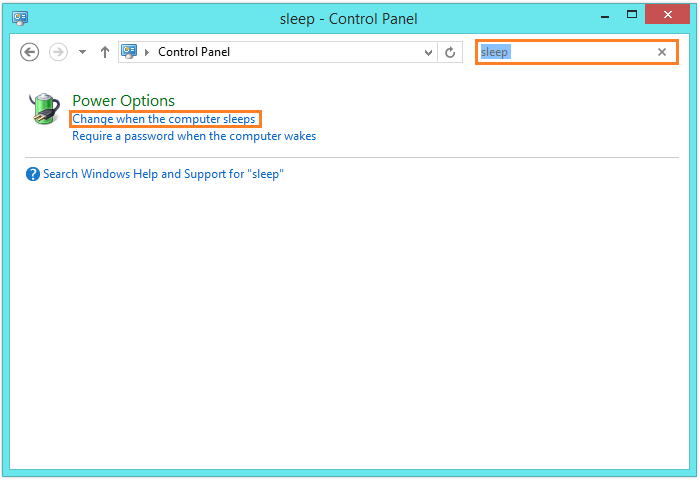
- From there you should be able to change the amount of idle time required for the computer to go to sleep.
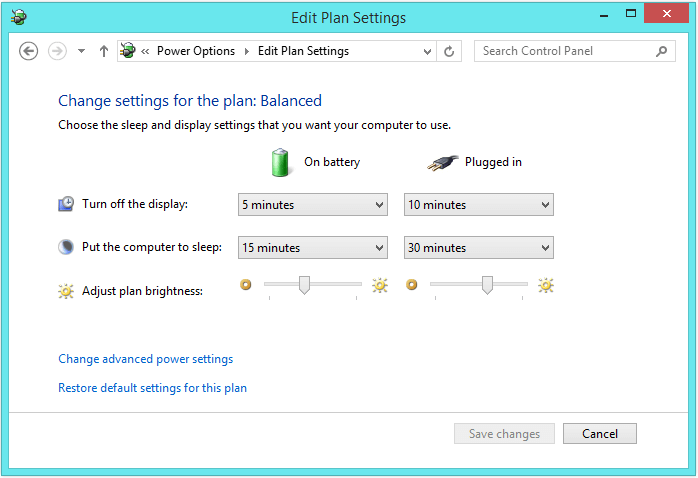
Waking-up from Windows 8 Sleep mode using the Power Button
If you wake the laptop with an external keyboard or mouse, then it will sleep after about 3 minutes of inactivity. This did not happen in older versions of Microsoft Windows (Windows Vista, Windows 7). However, if you use the Power Button on the laptop then windows 8 sleep mode will not initiate after 3 minutes of idle time.
I Hope You Liked This Blog Article! If You Need Additional Support on This Issue Then Please Don’t Hesitate To Contact Me On Facebook.
Is Your PC Healthy?
I always recommend to my readers to regularly use a trusted registry cleaner and optimizer such as WinThruster or CCleaner. Many problems that you encounter can be attributed to a corrupt and bloated registry.
Happy Computing! ![]()

Wally’s Answer Rating
Summary: Every Windows Wally blog post is evaluated on these three criteria. The average of all three elements determines an "Overall Rating" for each blog post.














